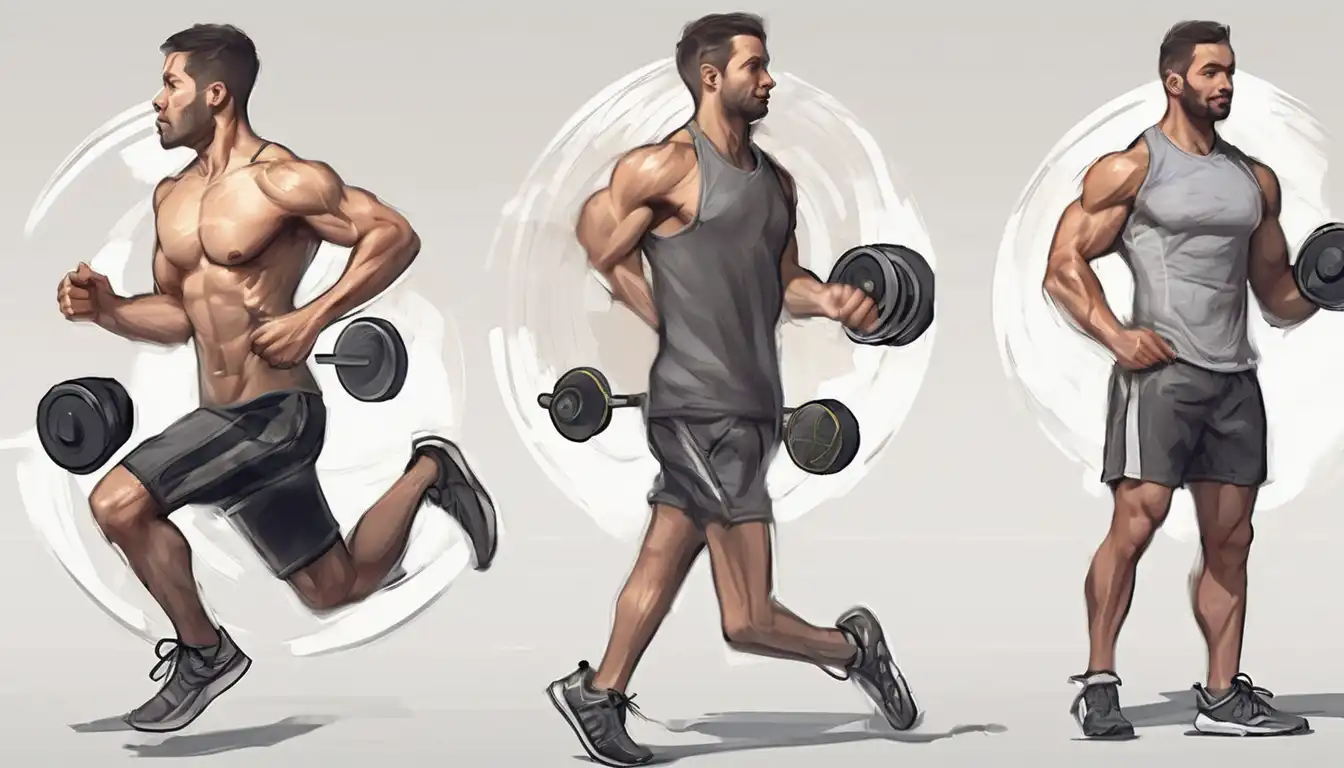Getting Started with Your Fitness Journey
Embarking on a fitness routine can feel overwhelming, especially if you're new to exercise. Whether you want to lose weight, build strength, or simply improve your overall health, creating a sustainable workout plan is crucial for long-term success. This comprehensive guide will walk you through every step of starting your fitness journey with confidence.
Why Start a Fitness Routine?
Regular exercise offers numerous benefits beyond physical appearance. Consistent physical activity can boost your energy levels, improve mental health, reduce stress, and lower your risk of chronic diseases. Many beginners find that establishing a fitness routine helps them develop discipline that carries over into other areas of their lives.
Assessing Your Current Fitness Level
Before diving into any workout program, it's essential to evaluate your current fitness level. Be honest with yourself about your strengths and limitations. Consider factors like your endurance, flexibility, and any physical limitations you might have. This self-assessment will help you create realistic goals and avoid injury.
Setting SMART Fitness Goals
Effective goal-setting is the foundation of any successful fitness routine. Use the SMART framework: Specific, Measurable, Achievable, Relevant, and Time-bound. Instead of "get fit," aim for "walk 30 minutes daily for the next month" or "lose 5 pounds in 6 weeks." These specific targets give you clear direction and make it easier to track your progress.
Choosing the Right Type of Exercise
There are four main types of exercise you should incorporate into your routine for balanced fitness:
Cardiovascular Exercise
Cardio workouts strengthen your heart and lungs while burning calories. Beginner-friendly options include brisk walking, cycling, swimming, or using an elliptical machine. Start with 20-30 minutes of moderate-intensity cardio 3-4 times per week.
Strength Training
Building muscle helps boost metabolism and improves overall strength. You don't need heavy weights to start – bodyweight exercises like squats, push-ups, and planks are excellent for beginners. Consider incorporating basic strength training 2-3 times weekly.
Flexibility and Mobility
Stretching improves your range of motion and reduces injury risk. Simple stretching routines or beginner yoga sessions can significantly enhance your flexibility. Aim for 5-10 minutes of stretching after each workout.
Balance Exercises
Balance training becomes increasingly important as we age. Simple exercises like standing on one leg or heel-to-toe walking can improve stability and prevent falls.
Creating Your Weekly Workout Schedule
Consistency is more important than intensity when starting out. Here's a sample beginner schedule:
- Monday: 30-minute walk + full-body stretching
- Wednesday: Bodyweight strength circuit (squats, push-ups, planks)
- Friday: 25-minute cycling + yoga flow
- Sunday: Active recovery (light walking or gentle stretching)
Remember to include rest days – your body needs time to recover and rebuild.
Essential Equipment for Beginners
You don't need an expensive gym membership to start your fitness journey. Basic equipment can include:
- Comfortable athletic shoes
- Exercise mat
- Water bottle
- Resistance bands (optional but helpful)
- Set of dumbbells (5-10 pounds to start)
Many effective workouts require no equipment at all, making fitness accessible to everyone.
Proper Form and Technique
Learning correct exercise form is crucial for preventing injuries and maximizing results. If you're new to strength training, consider working with a trainer or watching reputable online tutorials. Focus on mastering basic movements before increasing intensity or weight.
Common Beginner Mistakes to Avoid
Many fitness newcomers make similar errors that can hinder progress or lead to injury:
- Starting too aggressively
- Neglecting warm-ups and cool-downs
- Comparing yourself to others
- Ignoring pain signals
- Not staying hydrated
Nutrition and Hydration Basics
Exercise alone isn't enough – proper nutrition fuels your workouts and recovery. Focus on balanced meals containing lean proteins, complex carbohydrates, healthy fats, and plenty of fruits and vegetables. Stay hydrated by drinking water throughout the day, especially before, during, and after exercise.
Tracking Your Progress
Monitoring your improvements helps maintain motivation. Consider tracking:
- Workout frequency and duration
- How exercises feel (easier/harder)
- Measurements (optional)
- Energy levels and mood changes
- Clothing fit
Celebrate small victories along the way – every workout completed is an achievement.
Staying Motivated Long-Term
Maintaining enthusiasm for exercise can be challenging. These strategies can help:
- Find activities you genuinely enjoy
- Work out with a friend for accountability
- Mix up your routine to prevent boredom
- Set new goals as you achieve old ones
- Reward yourself for consistency
When to Seek Professional Guidance
If you have pre-existing health conditions, injuries, or specific fitness goals, consulting with healthcare providers or certified fitness professionals can ensure you're following a safe and effective program tailored to your needs.
Final Thoughts
Starting a fitness routine is one of the best investments you can make in your health and wellbeing. Remember that progress takes time, and consistency matters more than perfection. Be patient with yourself, listen to your body, and celebrate every step forward in your fitness journey. The most important workout is the one you actually do – so start where you are, use what you have, and do what you can.
Ready to take the next step? Explore our essential fitness equipment guide or learn about nutrition for active lifestyles to complement your new workout routine.
